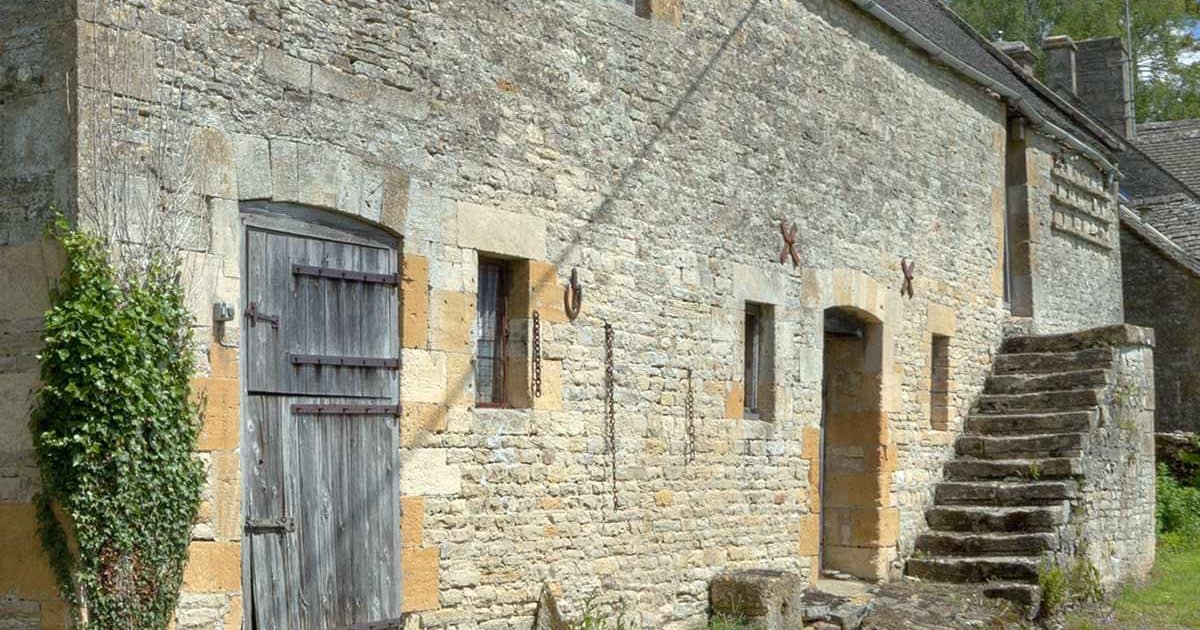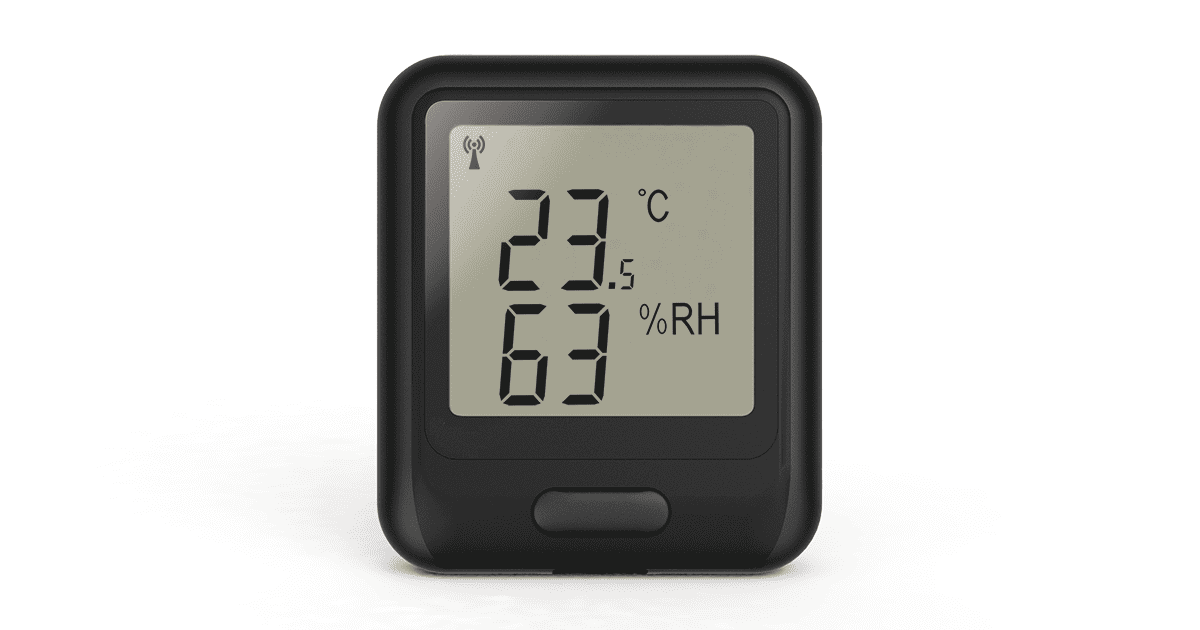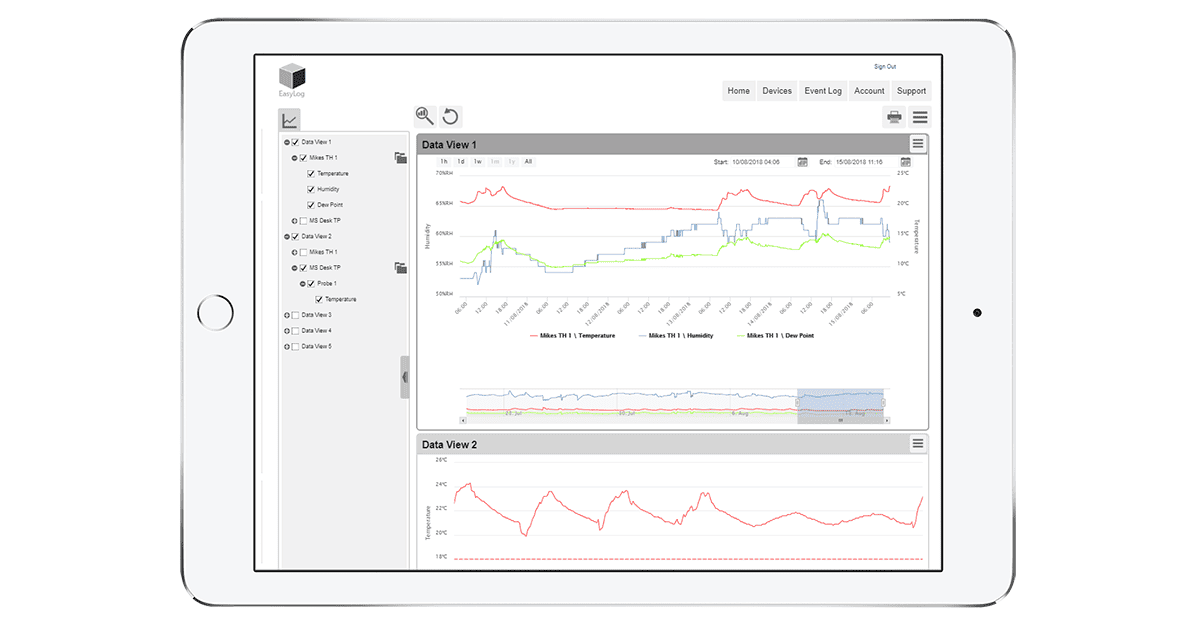Temperature & Humidity Monitoring
Heritage Field Services began trading in 2010, and since then have been actively involved in archaeological projects; surveys of sites, monuments and buildings; conservation projects and habitat creation schemes.
Working across both public and private sectors, Heritage Field Services offer practical management solutions for sites ranging from earthworks and buried archaeological deposits, through to listed and vulnerable historic buildings.
The problem with ‘pen-and-clipboard’
Historic buildings are increasingly utilized as venues for modern life: as residences, as workspaces, as retail properties, or as visitor attractions. The two biggest invisible threats within these structures are cold and damp, both of which carry with them related threat of decay.
Successful close monitoring has traditionally been problematic – reliant on regular site visits and ‘pen-and-clipboard’ monitoring or generic thermostat based information. The result can be that heating programs and management of ventilation can be oversimplified for often complex sites; where a more informed policy could provide better results for the building, its users, and the budget!

A handy solution
EasyLog Cloud provides the tools to monitor and manage specific zone- based data, enabling real time data collection across the buildings’ complete cycle of use without the need for specific or expensive repeat site visits. Using Easylog Cloud, it is possible to quickly set up and monitor rooms or areas for a variety of outcomes.
Heritage Field Services used EasyLog’s WiFi-TH+ sensors to monitor temperature and humidity across several sites currently in their care. EasyLog Cloud allowed Heritage Field Services to monitor multiple sites around the country from a central base. By logging into the cloud account with EasyLog Cloud they could see their data anywhere.

Nether Westcote Farm is a Georgian Farmhouse, with later alterations, which is currently used for domestic purposes. This building is a typical stone farmhouse, made of solid wall Cotswold stone, and it is situated on the site of a Deserted Medieval Village in rural Warwickshire. It has had some retrofit windows, and some piecemeal insulation has been carried out.
But, typical of houses of this kind- its form and performance are significantly below that of its modern equivalent, notably with regard ambient temperature and damp.
The remote sensors were used to identify the most problematic areas of heat loss throughout the house, and to see what the relationship is with Relative Humidity (RH) and the ingress of damp in a structure built before the damp course was developed. Heritage Field Services also tracked thermal dynamics throughout the large and complex domestic structure.
Myton Crescent is a 1930’s detached townhouse, which is soon to undergo major renovation. This property is typical of the popular suburban detached property. They are also notorious as some of the worst performing houses in terms of heat retention and rising damp.

EasyLog Cloud is currently monitoring the property in order to assess the worst performing areas for heat loss and ingress of damp. The data collected will allow for a heating engineer and architect to provide tailored advice to the owner on the best possible solutions for each area of the property- limiting unnecessary spend and allowing for appropriate installation of services and ventilation where there is currently insufficient provision.
Hillfield Cottage is an 1840’s terraced brick cottage within a designated Conservation Area. This property is a case in point that not all alterations are beneficial. The cottage is of typical country cottage style; open fire, low ceilings, wooden stairs and small windows. It also suffered from dreadful heat loss, despite the comparatively recent installation of double glazing and insulation.
The use of EasyLog Cloud however, provided interesting data – all of the heat from the house was being lost from a small area of roof space above a kitchen extension, and from an even smaller dormer window from the second floor. The owners then spent £40 on extra insulation, resulting in a significant increase on the internal temperature across the entire household throughout the 24-hour cycle.
This small example encapsulates the real benefit gained from the highly targeted data made available from these sensors for all users – multiplying this data capture methodology across much larger buildings would definitely multiply savings!
The sensors from EasyLog have allowed for generic assessments of temperature and relative humidity to be tailored to rooms, areas of rooms and high traffic zones to identify trends and problem areas over extended periods, something that was not possible before. As well as this they have allowed for monitoring of interventions in real time, both in preparation and retrospect – in turn granting more data based assessments to be made. These sensors have provided us the mechanism by which more complex assessments can be built.
Richard Grove, BSc Hons, PG Dip, PClfA


